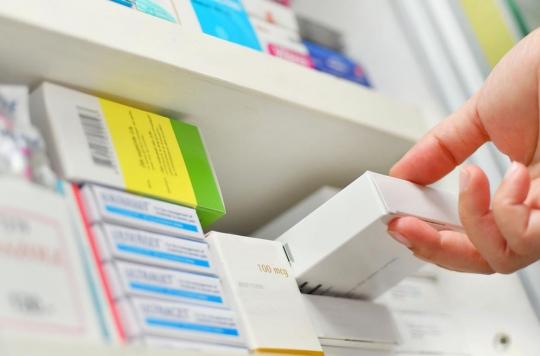
And four other questions about the general practitioner actions
The general practitioners are burdened by an excessive workload. The consequences of this are becoming increasingly visible, partly because many general practitioners are giving up and looking for another job. This week, the general practitioners will take action to draw attention to their situation. Five questions about GP actions.
1 What do the actions look like?
This whole week is part of the actions that can be followed on the website www.huisartseninactie.nl† There you can also see what the general practitioners are doing on a daily basis and where they tell their story in the media. According to the organization, it will mainly be playful actions. The Algemeen Dagblad, for example, has spoken to a general practitioner who will hold consultations on the street, in front of the House of Representatives. In this way she shows that there is a great shortage of practice rooms. Another GP tells the NOS about buckets full of water in the doctor’s office, to show that the bucket is almost overflowing. The GPs can also wear t-shirts that show how many patients the practice has and how busy the GP is. On Friday 1 July there will be a closing event at the Malieveld in The Hague from 14.00 to 16.00. The National Association of General Practitioners (LHV) expects between five and ten thousand general practitioners, doctor’s assistants and practice nurses to come to the manifestation on Malieveld.
2 What do patients notice about the manifestation on Friday 1 July?
A consultation hour may be canceled because the general practitioner, assistants and practice nurses will demonstrate in The Hague. But emergency care remains available. Formally, it is not a strike, but a manifestation, according to the organization. They do this at their own expense.
3 Why now?
The government will make new plans for the organization of healthcare in the near future. These plans are laid down in multi-year agreements with the care associations and umbrella organizations involved. The general practitioners want their interests to be better included in these agreements, which is why the actions are taking place now.
4 What do the GPs want?
The general practitioners want four things, as it says on the GPeninactie.nl page
- More time for the patient. This means that they want to be paid for longer consultations, for example 15 minutes, instead of the usual 10 minutes. They also want to do less administration, to account for their work to, for example, the health insurer.
- Secondly, the GPs want the waiting lists to be tackled. Not the waiting lists of the general practitioners themselves, but of the care providers they refer to, such as mental health care. Because people cannot go there now, they often return to the GP, who is already so busy.
- Less pressure at the GP post. More and more people go to the GP in the evening or at the weekend, even if there are no real emergency complaints. They are therefore overloaded. According to the doctors, something needs to be done about this.
- An affordable property. General practitioners are struggling to find affordable accommodation. They want help with this, for example from the municipality.
5 What do patients notice about the GP’s problems?
More and more, as two revealing articles in the Groene Amsterdammer showed. GPs are so busy that they want to quit the profession and do something else. This creates a shortage of GPs, making it even difficult in some areas to have your own GP who you can visit physically. 81 percent of Plus readers fear for their own health if their own GP is no longer there.
















